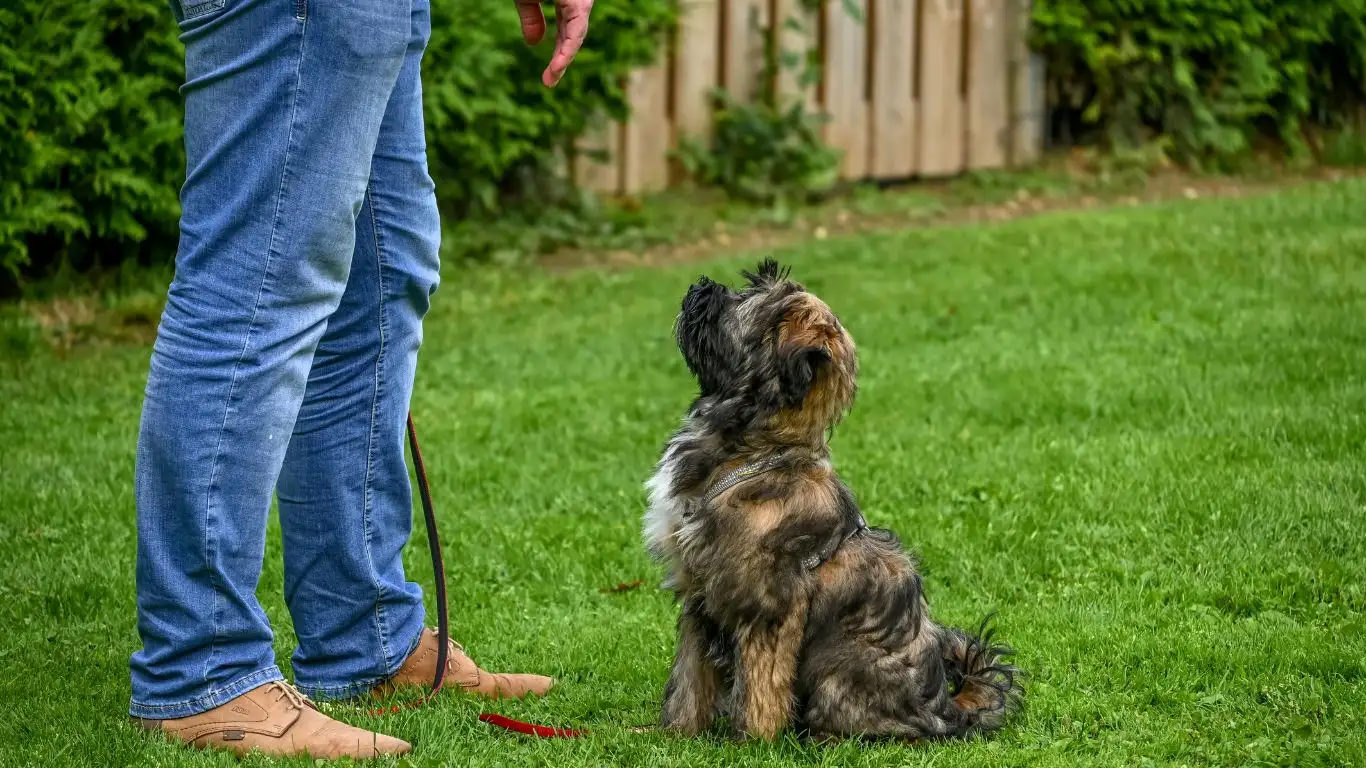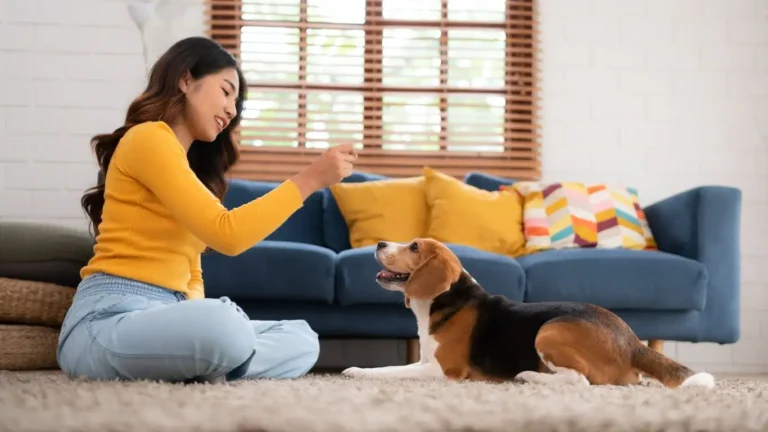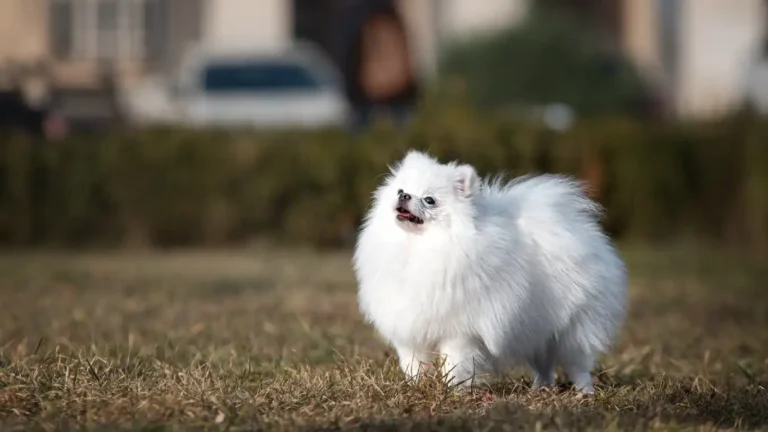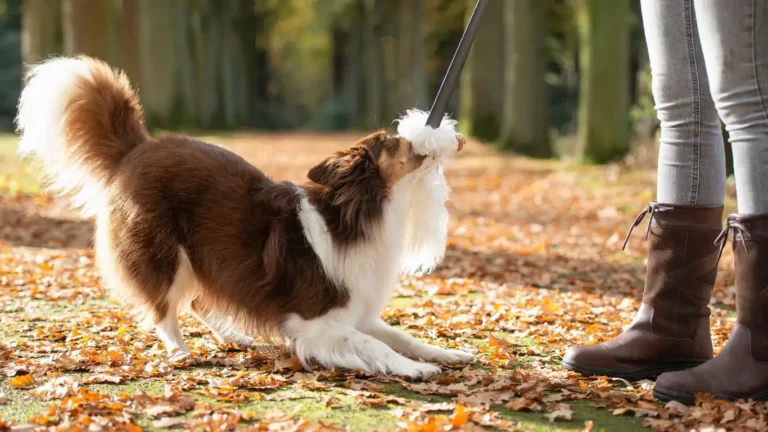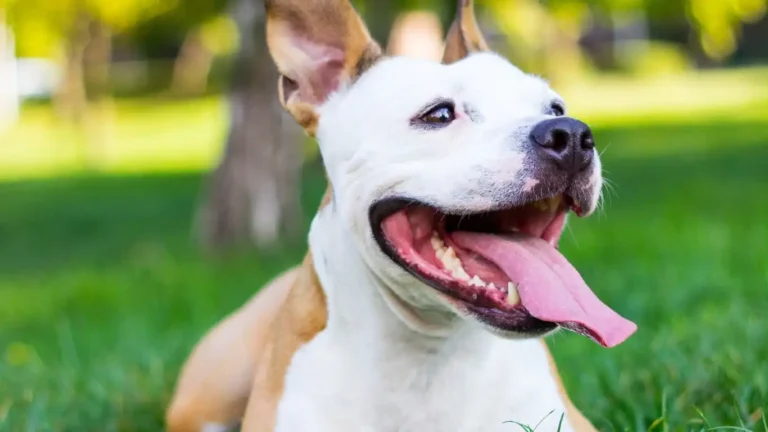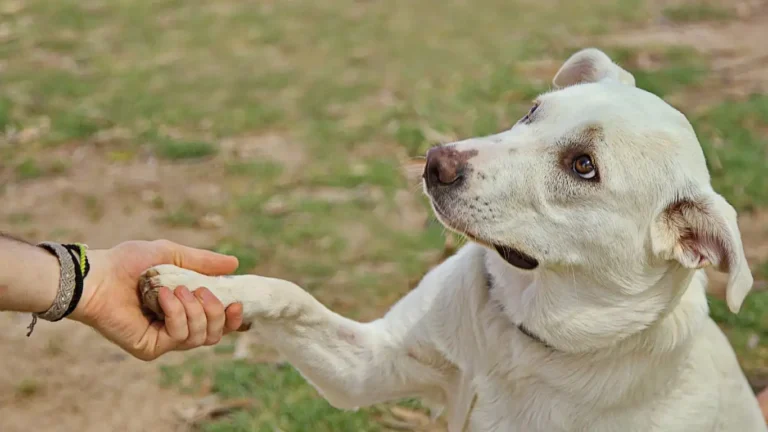Master How to Train a Dog to Avoid Aggressive Play: Top Tips
When it comes to figuring out how to train a dog to avoid aggressive play, I’ve seen a lot over the years. As a Canine-Assisted Therapy Trainer, working with therapy dogs that need to maintain calm, predictable behavior—even in chaotic environments—has taught me just how crucial this kind of training is. And believe me, it’s not just about stopping roughhousing. It’s about understanding *why* it happens and shaping more appropriate responses. Whether you’ve got a bouncy Lab who loves to wrestle or a shepherd mix who gets a little too fired up, I’ll walk you through how to tone it all down without killing their spirit.
Why Some Dogs Play Aggressively
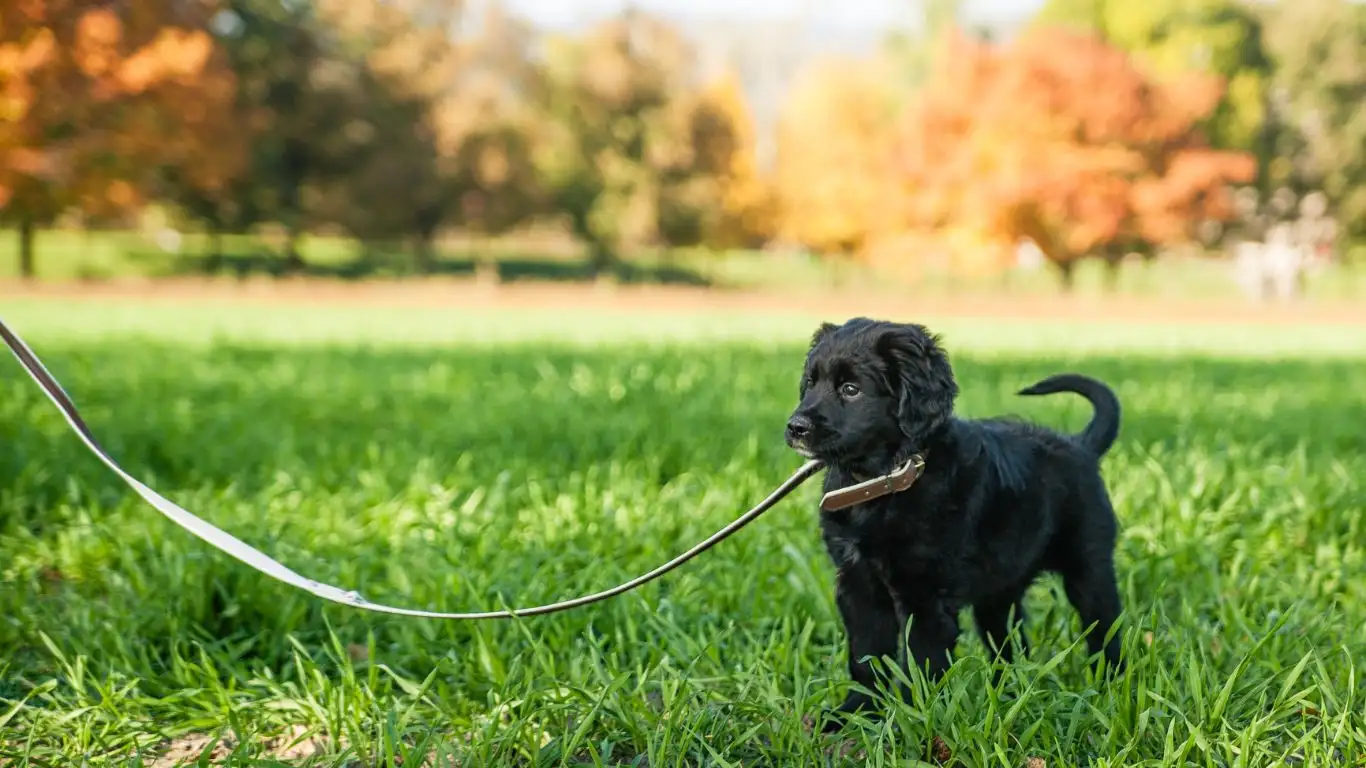
Before we get into the nitty-gritty of how to redirect that energy, we need to understand where it’s coming from. Not all aggressive play is a red flag, but it *can* turn into something problematic if left unchecked. I’ve worked with dogs who were never taught boundaries—either with people or other dogs—and their “play” started looking more like sparring.
What Counts as Aggressive Play?
It’s that line where play becomes intense enough that someone (usually another dog or a startled human) gets uncomfortable. It might look like:
- Hard body slamming or excessive mounting
- Chasing that turns into nipping
- Growling that doesn’t pause or play-bow breaks
- Stiff posture or laser-focused eyes
I once trained a golden retriever who was a total sweetheart with humans, but the moment she got around other dogs, she’d tackle them like a linebacker. To her, it was fun. To them? Not so much. And over time, the dogs started avoiding her, or worse, retaliating.
Setting the Stage: Calm Foundations at Home
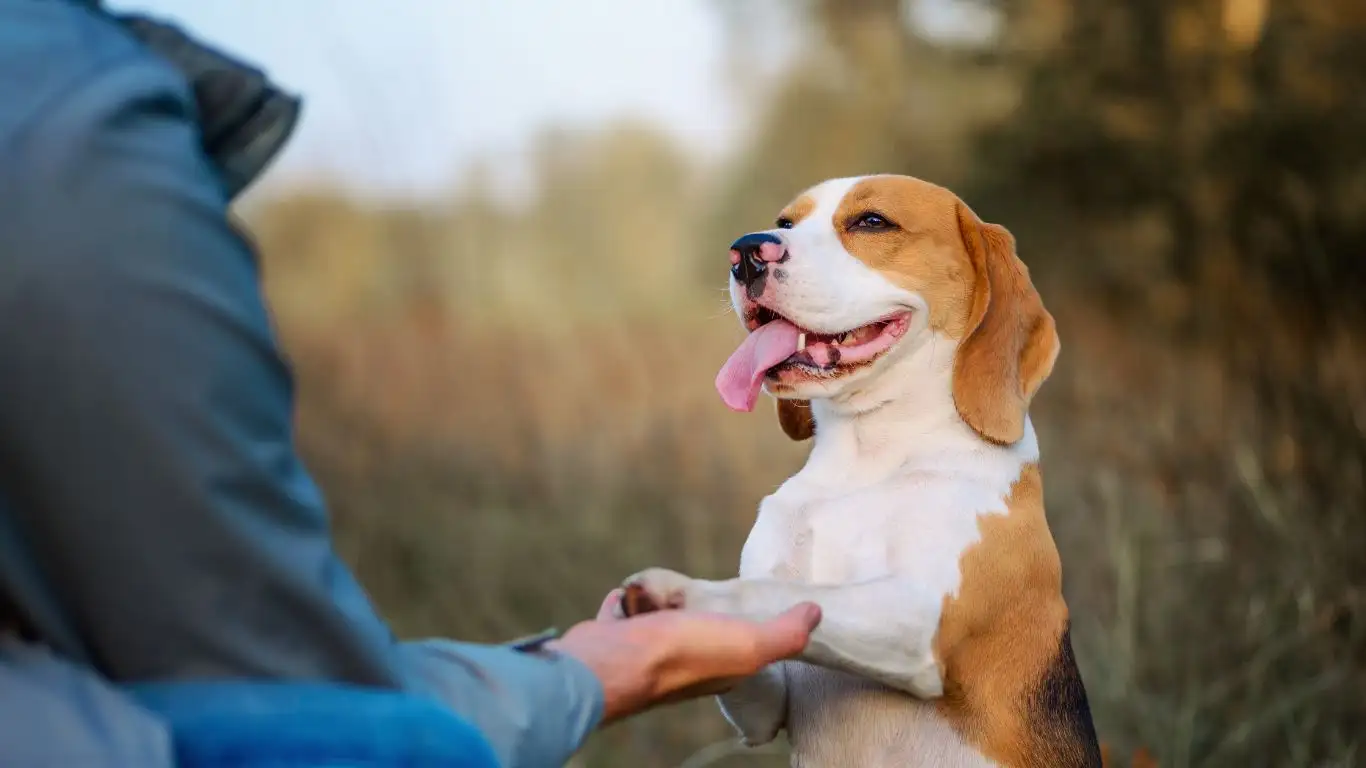
Before we even step foot in a dog park or group class, I always start training in the home environment. Why? Because a dog that’s already overstimulated in their own living room isn’t going to magically become chill when there are a dozen other dogs around.
Establishing a Calm Mindset
Dogs who play aggressively often live in a state of high arousal. Think of it like this: they’re constantly hovering at a 7 or 8 on the excitement scale, and it only takes a tiny nudge to push them to a 10. Your job? Help them live more often at a 3 or 4.
- Structured routines: Meal times, walk times, and play sessions should happen consistently. Predictability brings calm.
- Impulse control games: I love using “wait” and “leave it” in playful ways. Teaching a dog to pause *before* chasing a ball or treat helps them build self-regulation.
- Settle training: Use a mat or designated calm zone where your dog learns to relax. I use this with my therapy dogs before every session—it’s non-negotiable.
Trust me, it may sound basic, but I’ve seen massive behavioral shifts just by helping a dog learn how to settle. One reactive border collie I worked with used to pace and whine nonstop; after a week of structured settle training, he could lie down calmly in new environments. That’s progress.
Socialization vs. Overstimulation: Know the Difference
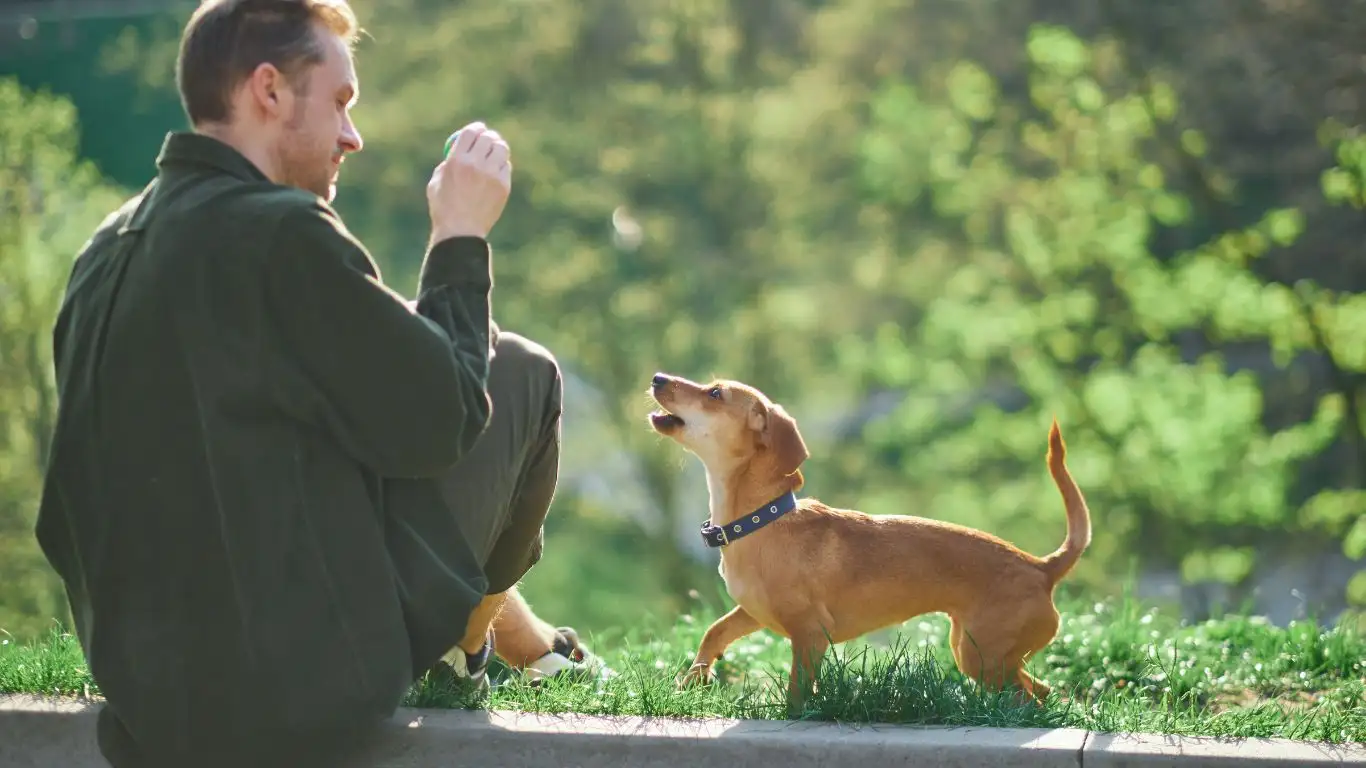
Here’s the thing people often misunderstand: just because your dog spends time with other dogs doesn’t mean they’re learning good social skills. In fact, *unstructured* dog play can make things worse, especially for dogs prone to aggressive tendencies during play.
Controlled Social Interactions
When I’m introducing a dog like that into a group, I follow a layered approach:
- Start with parallel walks. Two dogs walking side by side, a few feet apart, no direct contact yet. You’d be amazed at how this sets a calm tone.
- Use long leads during play. This gives you a way to calmly intervene before things escalate without yelling or chasing.
- Watch body language like a hawk. If tails are high and stiff, ears are pinned, or play gets too fast—interrupt it. Always end on a good note before arousal spikes.
One of the most memorable cases I had was with a pit-lab mix named Taz. He had this wild, body-slamming style that other dogs hated. We used long-line decompression walks and paired him with older, mellow dogs who would calmly disengage when he got too much. Within a month, he learned how to modulate his energy. It’s about *teaching*, not punishing.
Signs It’s Time to Intervene
Learning how to train a dog to avoid aggressive play isn’t just about rewarding the good stuff—it’s also about knowing when to step in. And I don’t mean shouting “No!” from across the yard. Intervention should be calm, confident, and clear.
Red Flags to Watch For
- Escalating vocalization—deep growls or yelps
- One dog trying to escape while the other keeps pressing
- Hyper-focused chasing without breaks
- Stiff, frozen moments right before an outburst
In these moments, I use what I call “the polite pause.” Gently separate the dogs, ask for a sit or down, and reset the vibe. Sometimes a 30-second break is all it takes to bring things back to center.
Redirecting Energy: Teaching Safe Play Alternatives
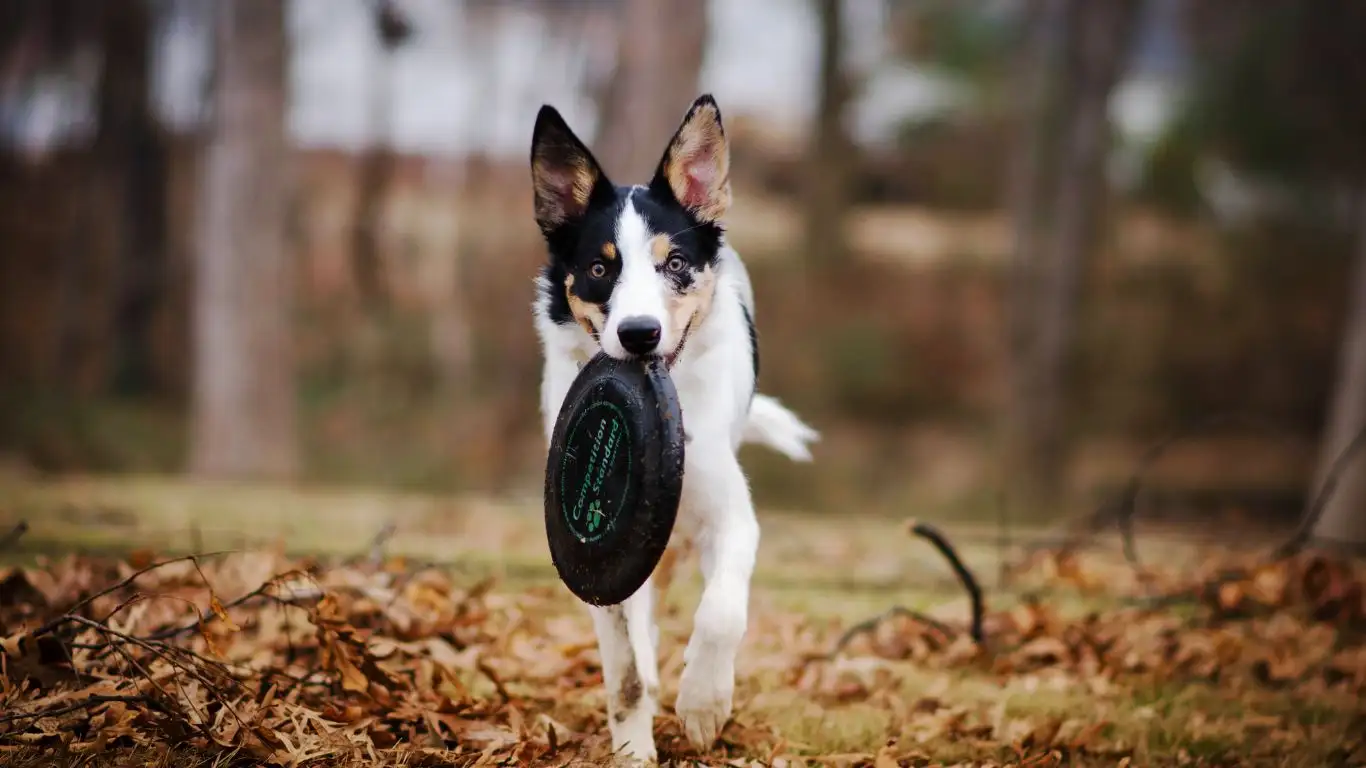
One of the biggest game-changers when figuring out how to train a dog to avoid aggressive play is giving them better ways to express their excitement. A lot of dogs that come off as aggressive during play aren’t actually trying to dominate or hurt anyone—they just haven’t learned better outlets for their energy. I always say, “If you don’t give the dog a job, they’ll make one up.” And sometimes that job looks like body-checking the neighbor’s poodle.
Channeling the Chaos
With many of my clients, especially those with high-drive dogs like shepherds, heelers, or bully breeds, we build in play that satisfies their instincts in safe, structured ways:
- Tug games with rules: Tug is fantastic when used correctly. Teach your dog to “take it” and “drop it” on cue. That control is everything.
- Flirt poles: Great for chasing urges. I use this tool often for dogs who love to bolt and roughhouse. It’s fun, controlled, and mimics the chase instinct without the chaos.
- Obstacle courses: Backyard agility setups aren’t just for sport dogs. Directing energy into tasks builds focus and burns steam fast.
I once worked with a boxer named Max who couldn’t enter a playgroup without causing a ruckus. We built up his focus with tug and agility-style drills. After just a few weeks, he went from pinballing off the walls to engaging in respectful, responsive play with other dogs. That’s the magic of redirection.
Reading the Room: Understanding Dog Play Styles
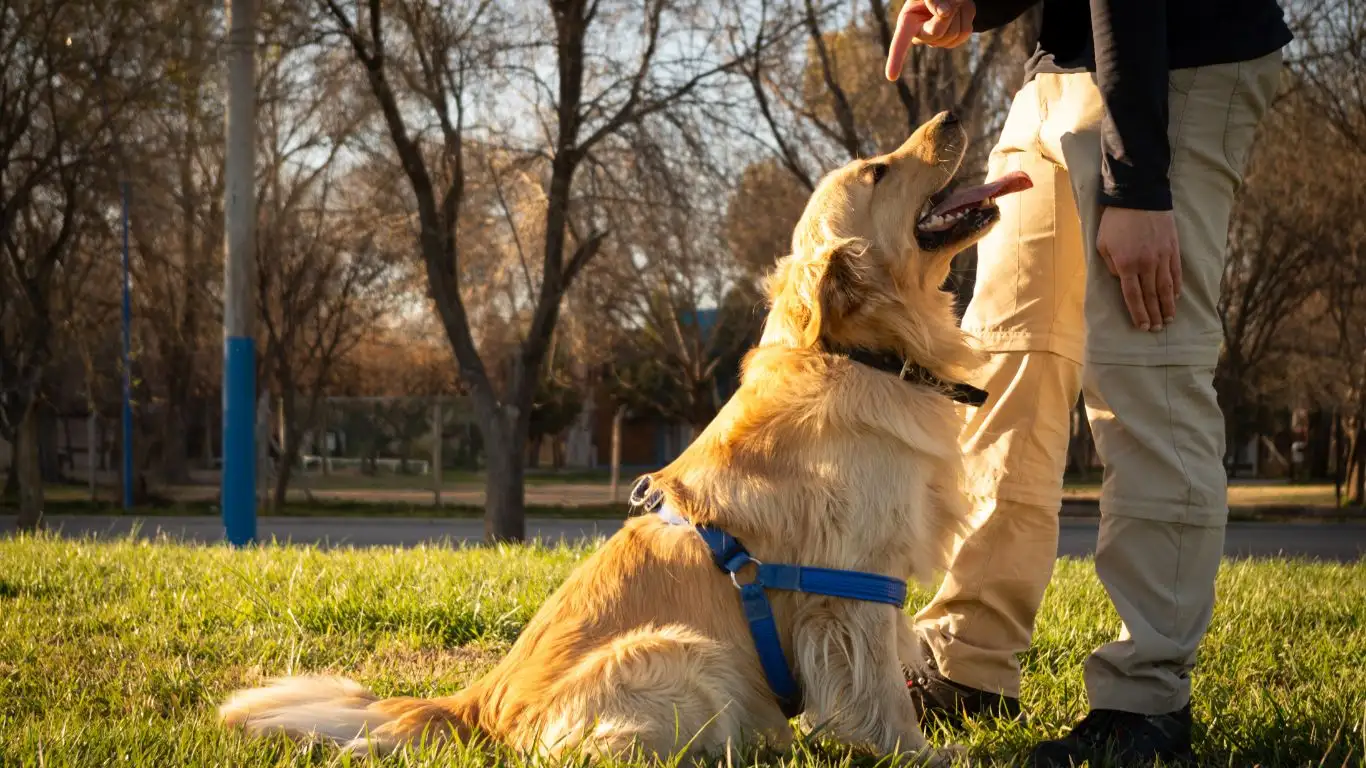
Not every dog wants the same kind of play. And not every match is a good one. One of the most overlooked keys to avoiding aggressive play is making sure your dog is paired with the right playmates. Sounds simple, right? But oh man, I’ve seen people let their shy cockapoo run with a pack of wild huskies and then wonder why it ends in disaster.
Different Dogs, Different Play Vibes
Here’s how I break it down when I’m assessing play styles:
- Wrestlers: These dogs love full-body contact. Think boxers, pit mixes, and bully breeds.
- Chasers: They’re all about the run. Sighthounds, herders, and terriers often fall here.
- Mouthers: Some dogs use their mouths constantly—but gently. Labs and goldens tend to be in this category.
- Observers: These pups prefer low-key sniffing and watching. Not every dog wants to party hard.
Knowing your dog’s type helps you advocate for them. For example, if your wrestler keeps getting into it with a chaser, they may be mismatched. That doesn’t mean they’re “bad”—just incompatible. Like humans, some personalities just don’t mesh well in play settings.
Consistency Is the Real Secret Sauce
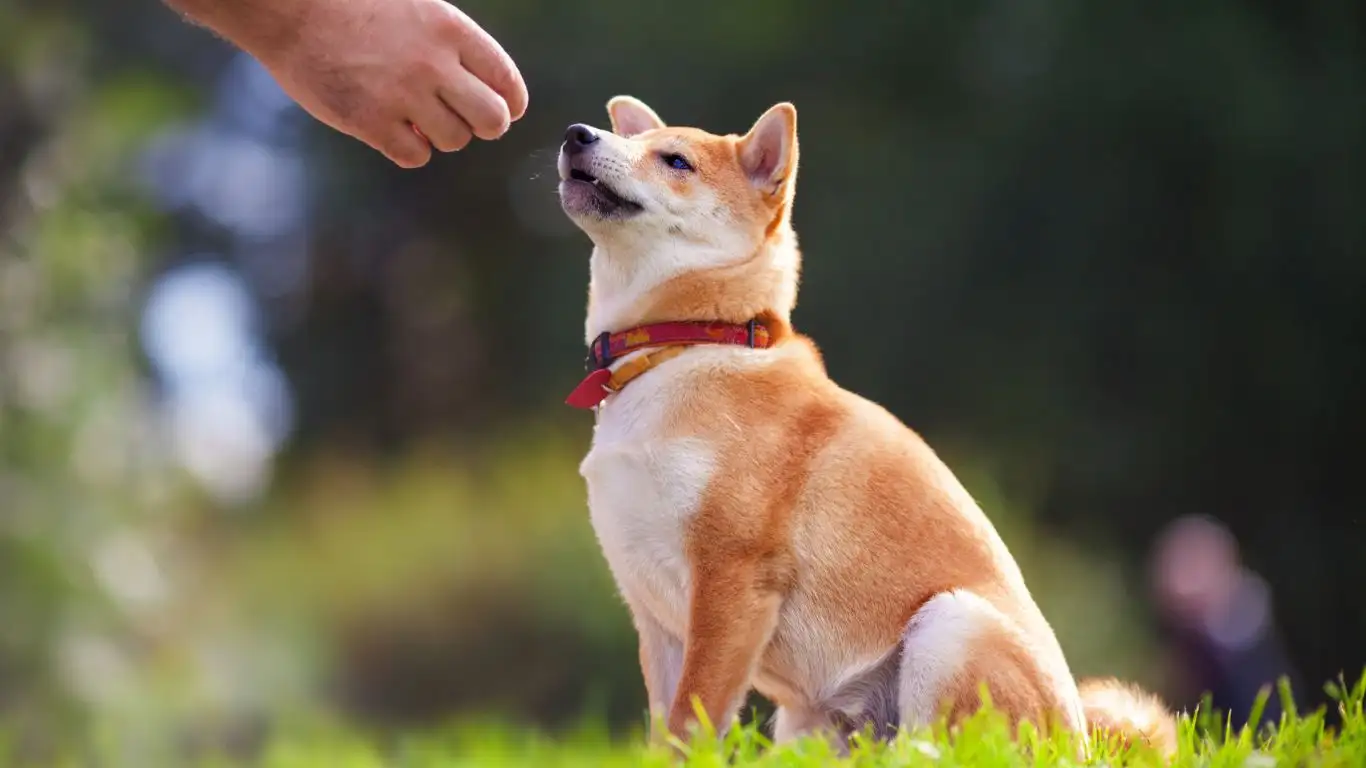
If there’s one thing I’ve learned in my years of doing this, it’s that consistency beats intensity every time. You don’t need to spend two hours a day drilling commands. You need to commit to showing up the same way each time. Dogs thrive on routine and clear boundaries—it helps them feel safe and secure.
Little Things That Make a Big Difference
Here are a few daily habits I encourage my clients to build around:
- Start the day calm. If your dog starts the morning with a chaotic zoomie session, that energy carries all day. I begin mornings with a short focus exercise, like sit-stays or a sniffy walk.
- Use your voice wisely. Constantly yelling “No!” in a frantic tone often adds to the excitement. A calm, neutral “uh uh” paired with redirection goes way further.
- Reward good choices generously. Catch your dog offering a polite play bow? Break out the treats and praise like they just won the lottery.
I had a client with a super energetic Australian shepherd named Luna. The owner was doing all the “right” things—long walks, tons of fetch—but Luna still played way too rough with other dogs. We added in calm, reward-based routines three times a day—literally five-minute sessions. That small shift changed everything. By the end of the month, Luna could engage with dogs without tipping over into chaos.
When to Get Professional Help
Let’s be real: not every situation can or should be tackled solo. Some dogs have underlying anxiety, reactivity, or trauma that can make play downright dangerous. If you’re seeing repeated red flags or feel out of your depth, don’t hesitate to reach out to a certified professional dog trainer—preferably one with experience in behavioral modification.
Signs You May Need Extra Support
- Your dog frequently targets smaller or more submissive dogs
- Fights break out more than once—even if minor
- Your dog shows signs of guarding toys, people, or space during play
- You feel nervous or unsure when letting them interact with others
I’ve had clients wait until things escalated before getting help, and while it’s never too late, early intervention makes the process way smoother. If I could shout one thing from the rooftops, it’d be this: training isn’t about fixing bad dogs—it’s about guiding good dogs to better choices.
Whether you’ve got a wild child or a sensitive soul, learning how to train a dog to avoid aggressive play is a journey of mutual trust, communication, and patience. And hey, if I can get a 90-pound malamute to calmly play tug without taking my arm off, there’s hope for your pup too.
Reinforcing Positive Play Through Repetition and Environment
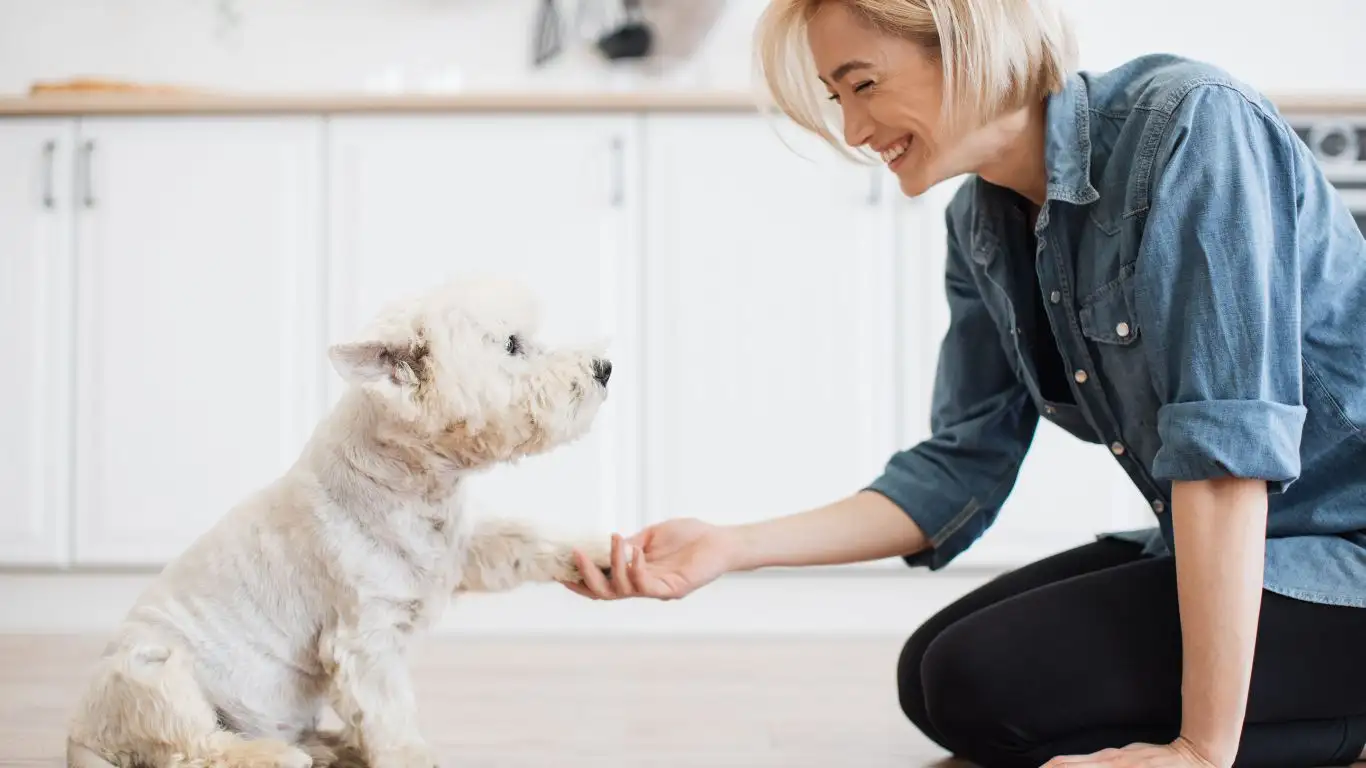
Alright, so now that we’ve laid the groundwork—understanding play styles, setting boundaries, and redirecting behavior—the real work comes in reinforcing it day in and day out. This is where I remind dog owners: consistency doesn’t mean rigidity. It means *being clear and predictable*, especially in how we respond to our dog’s choices.
When I’m helping a client train their dog to avoid aggressive play, I always say: the training doesn’t stop when they get it right once. It stops when they *keep* getting it right, even when you’re not actively thinking about it. That takes time, and yeah, a little patience too. But when it clicks, it’s worth every minute.
Environments Shape Behavior More Than You Think
Ever notice how your dog acts totally different depending on where you are? That’s not a coincidence. Environment influences everything from how much energy they have to how likely they are to listen. For dogs who struggle with aggressive play, the setting can either trigger bad habits or reinforce the good stuff.
- Dog parks: Honestly, I avoid them with most training dogs. Too chaotic. No structure. Too many unknowns. A rough play moment can spiral fast.
- Playdates with trusted dogs: Ideal. Controlled, familiar setting. You know the other dog’s style, and you can step in if needed.
- Training classes with supervised social time: Great mix of stimulation and structure. Look for trainers who use positive reinforcement and understand canine body language.
I had one case where we made more progress in two backyard playdates with a mellow lab mix than the dog had made in months of chaotic dog park visits. It’s not about social *quantity*—it’s about quality.
Using Verbal Markers and Timing to Shape Behavior
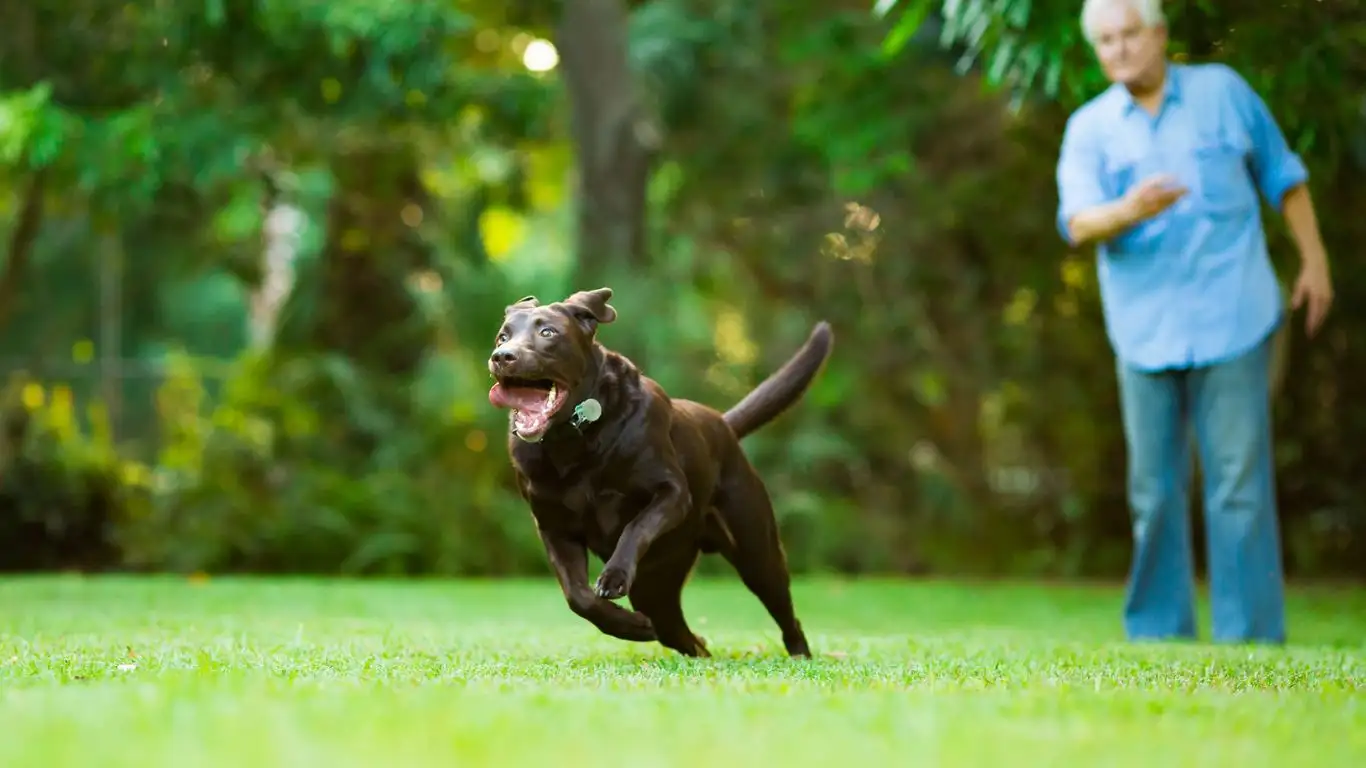
One tool I swear by—and use constantly in my canine-assisted therapy work—is the verbal marker. You’ve probably heard “Yes!” or a clicker used before. When timed right, it tells your dog *exactly* which behavior earned them a reward. In situations involving play, especially potentially aggressive play, good timing can redirect a situation before it even turns.
How to Use Verbal Markers Effectively
- Choose a marker word: “Yes!” is common, or a clicker works too. Stick with one and use it consistently.
- Mark calm play or disengagement: The second your dog stops rough play on their own, give your marker. Follow it up with a treat or calm praise.
- Pair it with a release or reset: After marking good behavior, allow your dog a quick break. This reinforces that calm choices lead to more freedom, not less.
I remember a rescue shepherd I worked with—this boy loved to play rough and didn’t know when to stop. We used a marker every time he backed off after a play bow. Over time, he started offering calmer play sessions on his own, just because that was what got him rewarded. No punishment necessary. Just clarity and timing.
Common Mistakes That Can Make Aggressive Play Worse
Let’s keep it real—sometimes we humans unknowingly make things harder on our pups. It’s not about blaming ourselves, but learning how to tweak our approach for better outcomes. Here are some frequent pitfalls I see, even from loving, well-meaning owners:
- Letting dogs “figure it out” on their own: Nope. If one dog is clearly uncomfortable, stepping in early avoids trauma (for both dogs and humans).
- Using punishment instead of redirection: Yelling, yanking leashes, or physically correcting usually adds stress—which can make behavior worse.
- Assuming all rough play is normal: It might be common, but that doesn’t mean it’s healthy. Especially if other dogs aren’t enjoying it.
- Inconsistent boundaries: If rough play is okay one day but not the next, it confuses your dog. Consistency matters more than perfection.
One client of mine, a family with two teenage boys and a high-energy lab, was allowing backyard wrestling matches every weekend. Fun, right? Until the dog started “wrestling” with houseguests. We had to reframe their idea of play and set up structured outlets that met his needs but kept things safe for everyone.
Maintaining Progress: What Long-Term Success Looks Like
Success isn’t just about stopping aggressive play in the moment. It’s about building emotional regulation, stronger bonds, and clearer communication between you and your dog. Honestly, this is where the gold is. You start noticing your dog *choosing* better behavior without being told. That’s when you know it’s sticking.
Tips for Long-Term Maintenance
- Rotate toys and games to keep play sessions fresh
- Check in monthly with a trainer if you’re unsure about progress
- Keep practicing calm skills like “settle,” even when there’s no issue
- Be your dog’s advocate in social settings—protect their progress
As someone who’s trained therapy dogs to walk into nursing homes and children’s hospitals without skipping a beat, I promise you—calm, respectful play isn’t just possible, it’s powerful. It creates trust. And when your dog feels safe and understood, their behavior follows suit.
References
Disclaimer
This article is based on my personal experience as a certified Canine-Assisted Therapy Trainer and is intended for informational purposes only. It should not replace professional veterinary or behavioral advice. If your dog exhibits signs of severe aggression or anxiety, consult a qualified trainer or behaviorist for a customized plan tailored to your dog’s specific needs.
